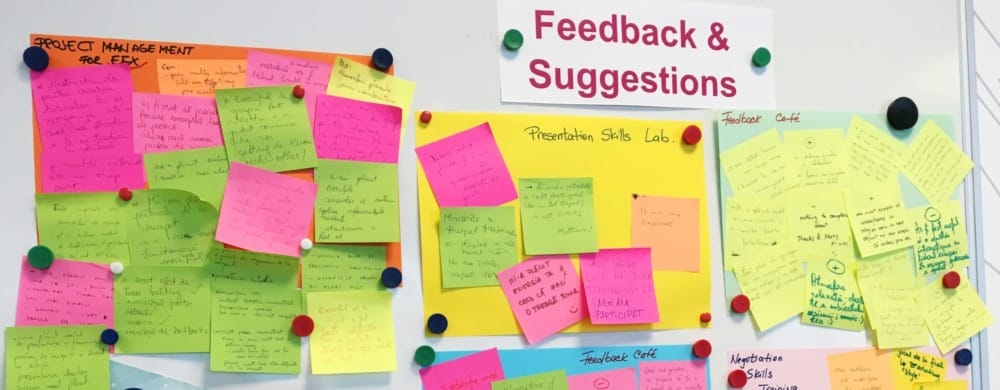In today’s fast-paced business world, companies can no longer afford to launch a product and simply hope it hits the mark. Iteration and continuous improvement, fueled by customer feedback, are now essential to staying competitive. Businesses that actively listen to customers and adjust their products based on that feedback have a significant advantage, enabling them to keep up with changing market demands and consumer expectations.
The Role of Customer Feedback in Continuous Improvement
Customer feedback is essentially a goldmine of insights, offering businesses a direct line to understanding user experience, preferences, and pain points. Companies that systematically gather feedback, whether through surveys, social media comments, or user testing, gain the information needed to improve their products incrementally.
In practice, this process often starts with identifying key feedback points—what customers love, what they tolerate, and what frustrates them. These insights can highlight design flaws, missing features, or usability issues that weren’t apparent during the development phase. Whether it’s adjusting the layout of a mobile app or fixing a glitch in software, acting on this feedback transforms the product in ways that keep users satisfied and loyal.
Closing the Feedback Loop
Feedback is only valuable if it leads to action. Enter the feedback loop—a cyclical process of gathering, analyzing, and implementing feedback. The concept of closing the loop emphasizes not just listening to customers but also letting them know their input was heard and acted upon.
For example, a company might release a software update based on feedback from its user base, highlighting the improvements with a message like, “You asked, we listened.” This shows customers that the brand is committed to evolving its product in response to their needs, which fosters trust and loyalty.
Agile Development and Iteration
Feedback also plays a significant role in agile development, a methodology that prioritizes flexibility and iteration. Instead of waiting for a “perfect” product launch, companies release a minimum viable product (MVP) to users and iterate based on feedback. This approach allows businesses to adjust course quickly and make frequent updates based on real-world usage rather than assumptions.
Take the tech industry as a prime example: software companies release updates continuously, tweaking features and fixing bugs as new user data rolls in. Agile feedback-driven iterations not only save time and resources but also provide a more accurate understanding of how customers actually use a product in the wild.
Iterative product improvement, fueled by customer feedback, has a multitude of benefits:
- Enhancing User Experience: Every iteration sharpens the product’s alignment with customer expectations.
- Increasing Customer Retention: Listening to feedback shows customers their opinions are valued, encouraging long-term loyalty.
- Staying Competitive: Rapid, continuous improvements enable companies to outpace slower-moving competitors.
- Reduced Risk: Releasing improvements gradually allows companies to test changes with a small audience before full-scale rollouts, reducing the risk of large-scale failure.
Incorporating customer feedback into product iteration is not just a good practice—it’s a necessity. It allows businesses to continually refine their products, delivering enhanced user experiences and maintaining a competitive edge. In a world where customer expectations are constantly evolving, companies that embrace feedback loops with Voice of the Customer and CSAT research are the ones best positioned to succeed. The key is simple: listen, act, and improve continuously.
James Rice – Chief Digital Officer






